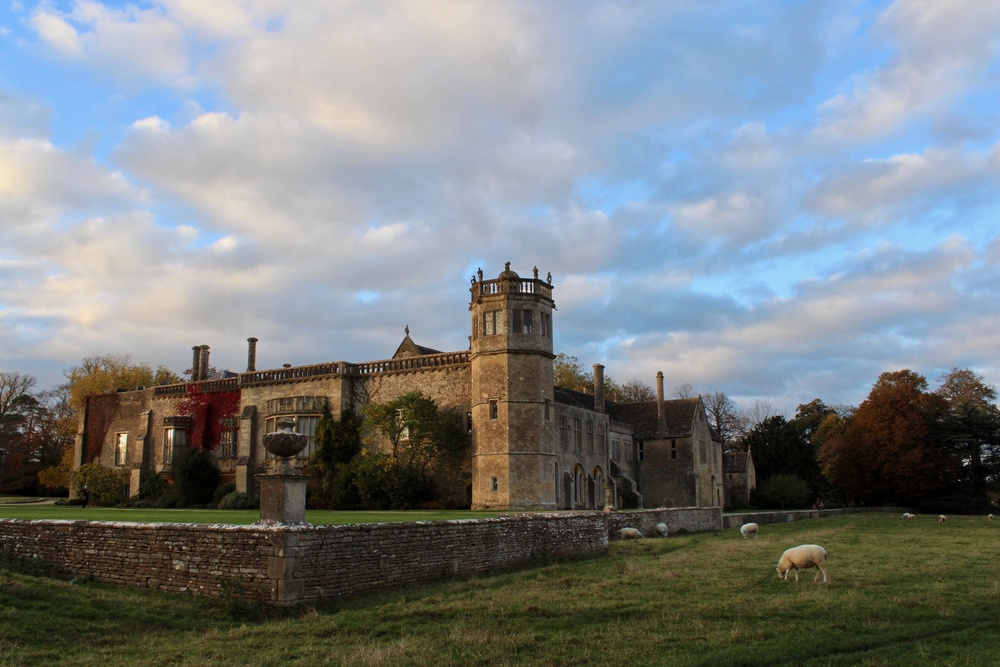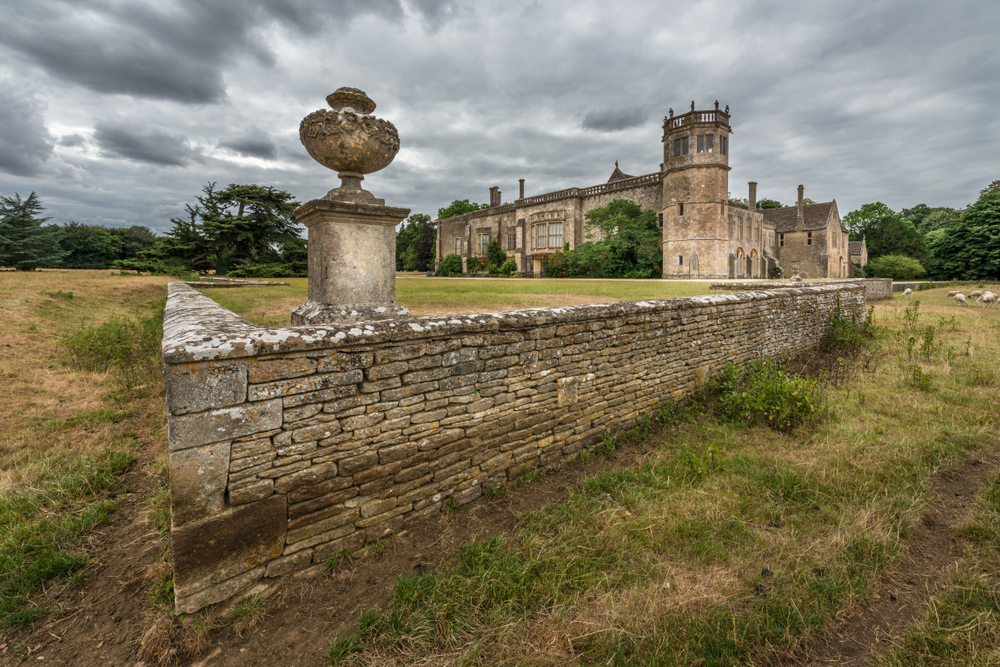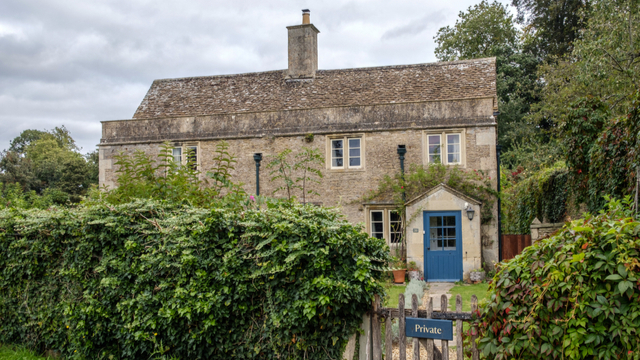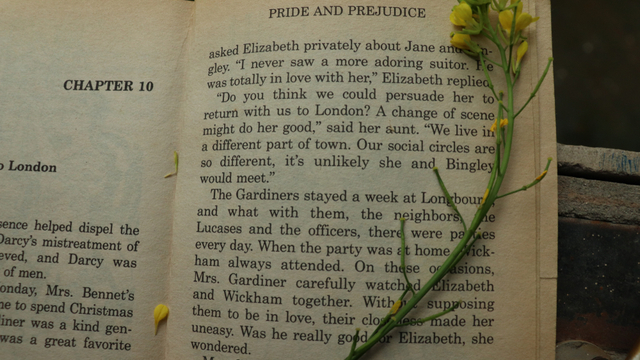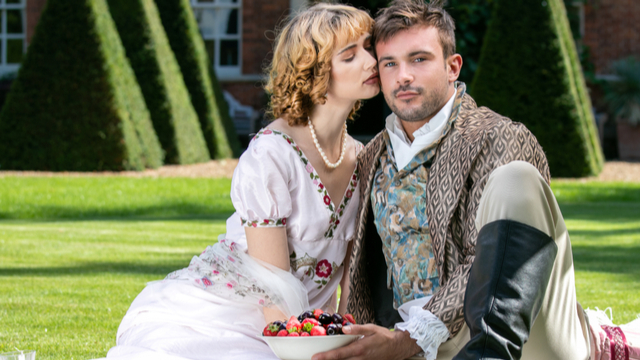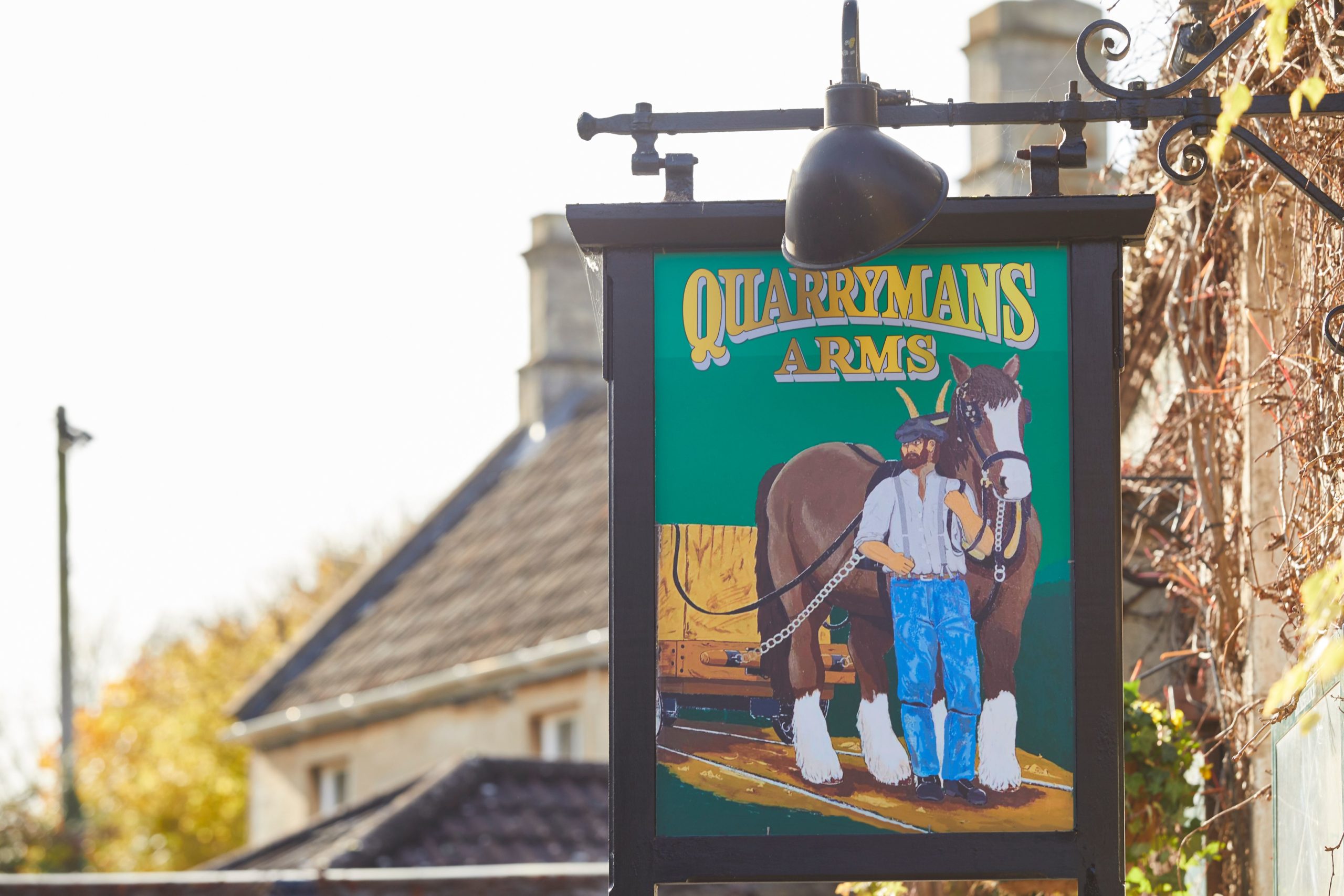History Of Lacock Abbey
Lacock Abbey has a long history dating back to the early 13th century. Its origins may have been as a nunnery, but following the Dissolution of the Monasteries by Henry VIII in the mid-16th century, the Abbey was purchased by Tudor courtier Sir William Sharington, who converted the building into a family home.
The house later passed into the hands of the Talbot family through marriage, and during the 19th century became the residence of William Henry Fox Talbot. It was here that Talbot made history by capturing the world’s first photographic negative in the building’s South Gallery, lending the Abbey its name as the birthplace of modern photography.
Today, Lacock Abbey is a Grade I-listed building and belongs to National Trust, after being gifted to the charity by the Talbot family in 1944.




